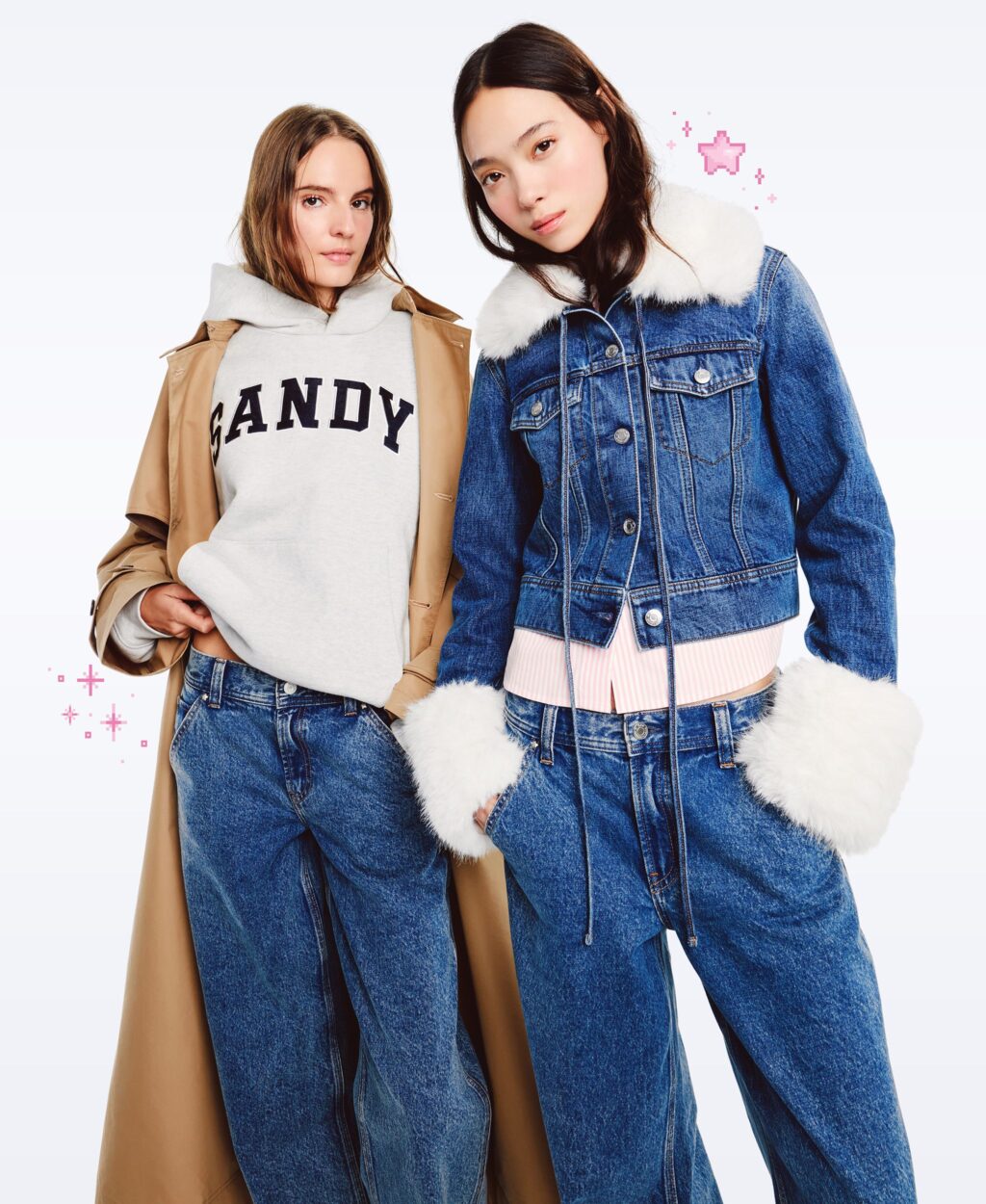
Introduction
In the ever-evolving world of fashion, collaborations between designers and retail giants can create waves of excitement and change. One such partnership prompting significant interest is between New York-based designer Sandy Liang and the renowned clothing retailer, The Gap. This collaboration not only highlights Liang’s unique aesthetic but also aims to deliver stylish yet attainable pieces to a broader audience, making it particularly relevant in today’s fashion landscape.
Details of the Collaboration
Sandy Liang, known for her whimsical designs that often incorporate elements of vintage style and nostalgia, has teamed up with The Gap to produce a capsule collection that launched earlier this month. The collection features a curated selection of gender-inclusive apparel, capturing Liang’s signature use of color and playful silhouettes while adhering to The Gap’s mission of providing accessible fashion for all.
The collaboration includes various pieces, from cozy sweaters and chic outerwear to stylish denim, all designed to blend comfort with contemporary style. Faithful to her roots, Liang has incorporated fabrics that are both sustainable and comfortable, showcasing her commitment to eco-friendly fashion.
Response from the Fashion Community
Initial responses from the fashion community have been overwhelmingly positive. Critics praise the collection for its balance of artistic flourishes and practical wearability. As many brands vie to attract the attention of younger consumers, The Gap’s partnership with Liang acts as a strategic move to tap into her dedicated following while revitalizing their own brand image.
Leandra Medine Cohen of Man Repeller noted, “Sandy’s designs have the ability to transform the ordinary into the extraordinary, making this collaboration not just a partnership, but a milestone in accessible fashion.”
Conclusion and Future Implications
The collaboration between Sandy Liang and The Gap signifies a welcoming shift in the fashion industry towards inclusivity and sustainability. With growing consumer demand for functional yet fashionable clothing, this partnership not only promotes Liang’s creative vision but also showcases how traditional retailers can adapt to modern trends. As more collaborations emerge in the industry, it will be fascinating to observe how established brands continue to innovate through emerging design talents.
Ultimately, this collaboration highlights the potential for transformative partnerships that elevate fashion while remaining accessible, which could influence future retail strategies across the industry.



